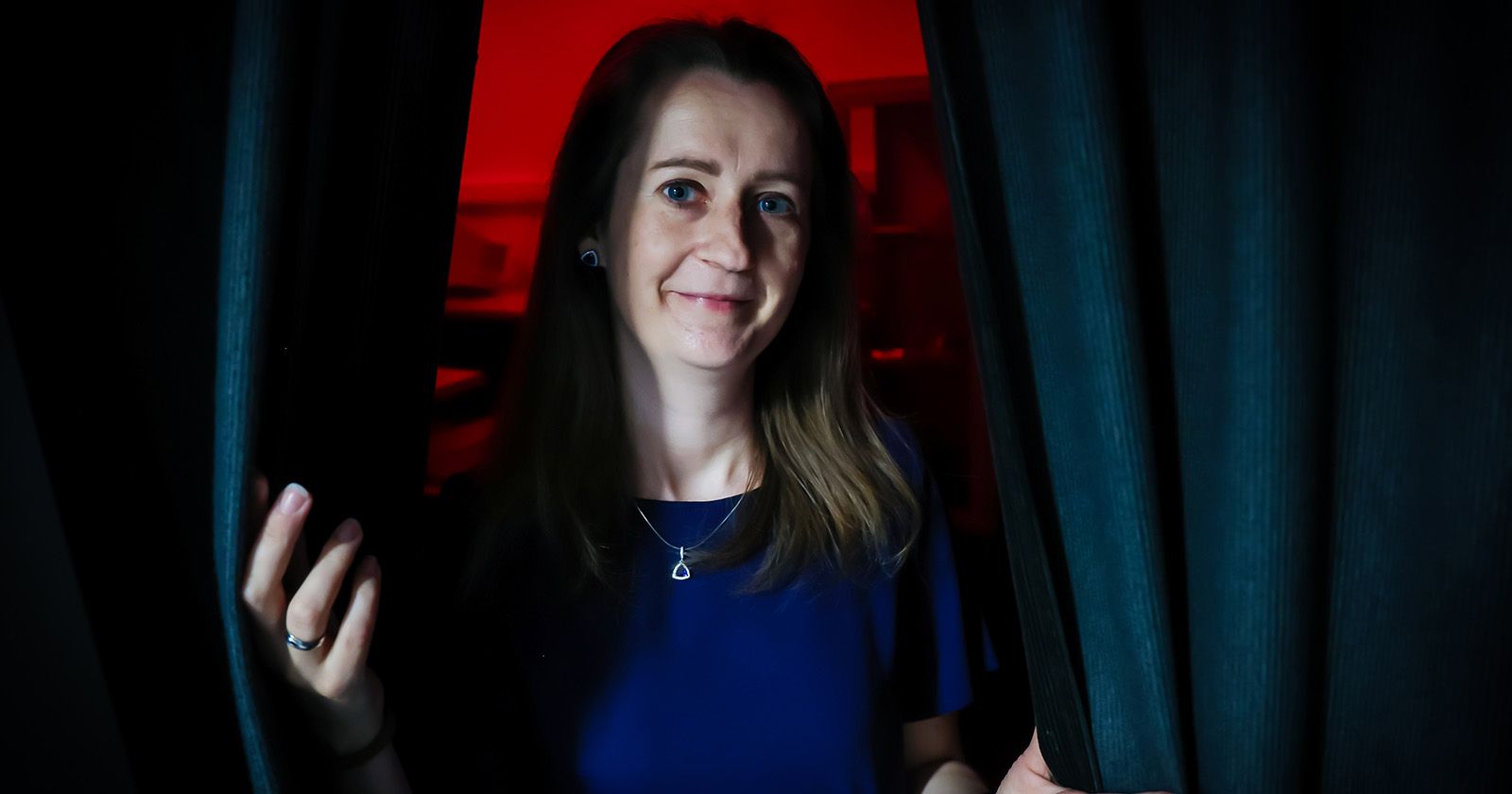 Exact sciences
Exact sciences
Physicists on the trail of history
Fragments of the foundations of the presbytery of St. James' Church in Toruń were built from bricks fired in the first half of the 13th century, while bricks from the 14th century were used to construct the sacristy – scientists from the Institute of Physics at Nicolaus Copernicus University (NCU) dated the brick samples taken during archaeological research of the church.
St. James the Apostle Church is the main church of Toruń's New Town and one of the most beautiful Gothic monuments in Poland. Its construction in the current form began at the beginning of the 14th century, as evidenced by an inscription preserved on the walls, stating that in 1309 Bishop Herman of Chełmno laid the cornerstone. Dr. habil. Krystyna Sulkowska-Tuszyńska, professor at UMK from the Institute of Archaeology, who studied the history of the church for many years, has no doubt that already in the 13th century a church was being built in New Town of Toruń on the site of the present St. James' Church, and that after 1309 a new building was erected on the same foundations. The first brick church was erected in the shape and size of the present presbytery. This is confirmed by analyses of brick samples taken during archaeological research, conducted by scientists from the Institute of Physics at NCU.
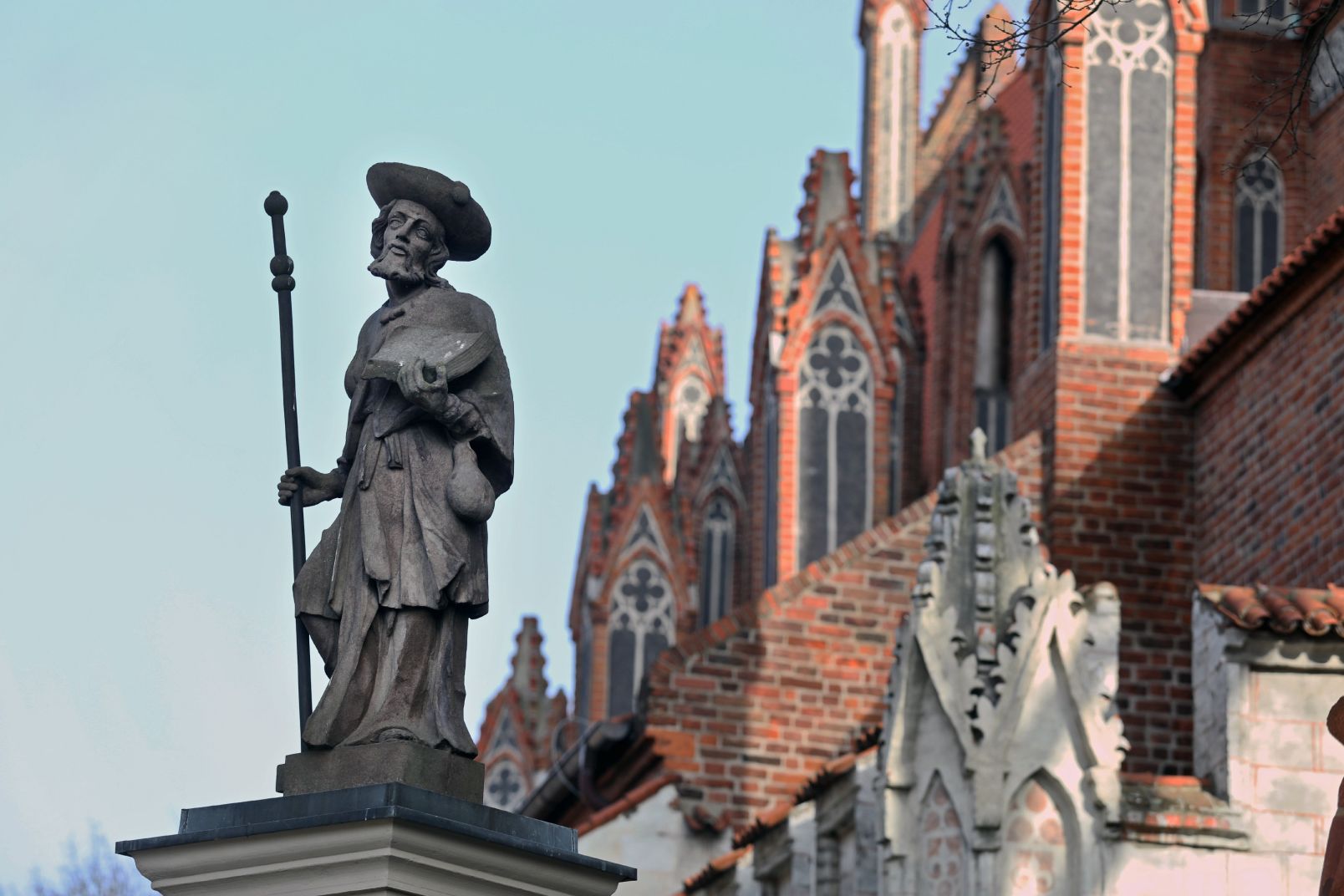
Fot. Andrzej Romański
If not wood, then brick
The age of a building can be determined through dendrochronology or radiocarbon dating, provided, of course, that suitable wood samples can be found. Meanwhile, since the beginning of the 13th century in Poland, churches of higher hierarchical importance as well as representative sacred and secular buildings were primarily built from bricks, and it is futile today to look for wooden building material in them. – "In such cases, dating can be supported by retrospective dosimetry, which uses the phenomenon of optically stimulated luminescence", says Dr. Eng. Natalia Pawlak from the Department of Applied Physics at the Faculty of Physics, Astronomy and Applied Computer Science at NCU, co-author of the article Optically stimulated luminescence dating of ancient bricks from the Church of St James in Toruń, Poland, published in the journal Archaeometry. – "This method enables the examination of the dose of ionizing radiation that a given sample, in this case a brick, has absorbed from the moment it was fired until the time it was collected."
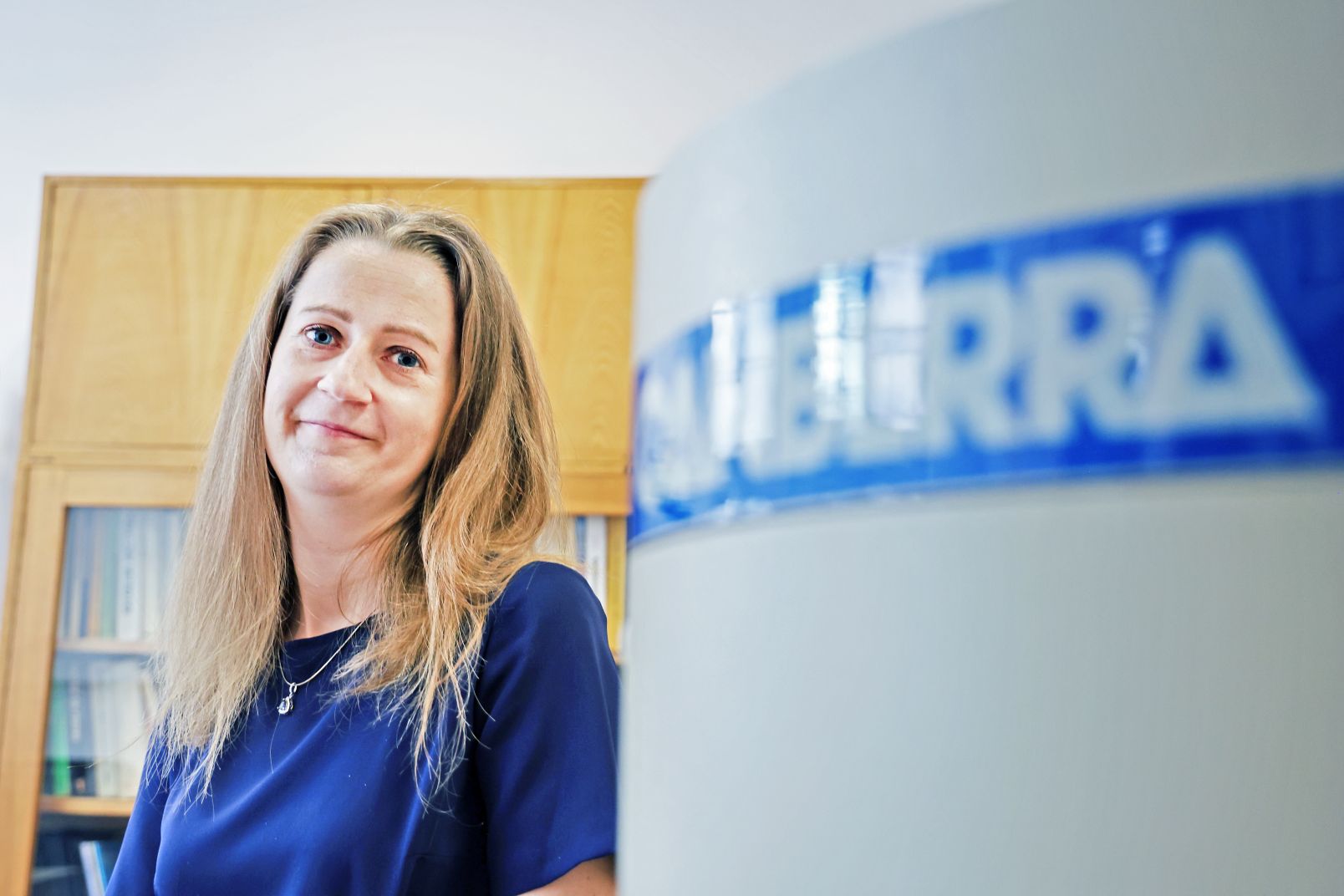
Fot. Andrzej Romański
The brick is composed, among other things, of quartz, feldspars, and other minerals, and accumulates a certain dose originating from radioactive isotopes and cosmic radiation. To determine its age based on this, special care must be taken when collecting samples. The key is to avoid exposing the sample to sunlight because light can reset the "signal recorded in the brick". Therefore, it is crucial to collect samples from the foundations and store them in containers that block light. Researchers must also pay attention to ensuring that the environment around the sampling site is homogeneous, as this factor also affects the final result. – "We have to check whether there are any stones nearby, or if the mortar between the bricks is thicker than usual," explains Dr. Eng. Natalia Pawlak. – "Generally, it is assumed that this homogeneous area should have a radius of about 50 cm. It is also important that the brick has had a stable environment in terms of humidity and background radiation levels for at least two-thirds of the time since its firing."
Humidity is tested in the laboratory, and its value, along with luminescence measurement results and the concentration of natural radioactive isotopes in the sample, is important in calculating the age of the brick.
Precise measurements
Scientists usually collect samples using core drills that allow them to extract cores from the brick about 7–8 cm in diameter and 15–20 cm long.
Physicists are interested in two values: the equivalent dose, that is, the dose accumulated in the brick from the moment it was fired until the time the sample is taken to the laboratory, and the so-called annual dose, which accumulates in the sample over the course of one year. Material for measuring the annual dose is collected from the environment surrounding the sample taken. The annual dose is determined using a gamma spectrometer based on signals from the isotopes 40K and 87Rb, as well as from the radioactive series 232Th, 235U and 238U.
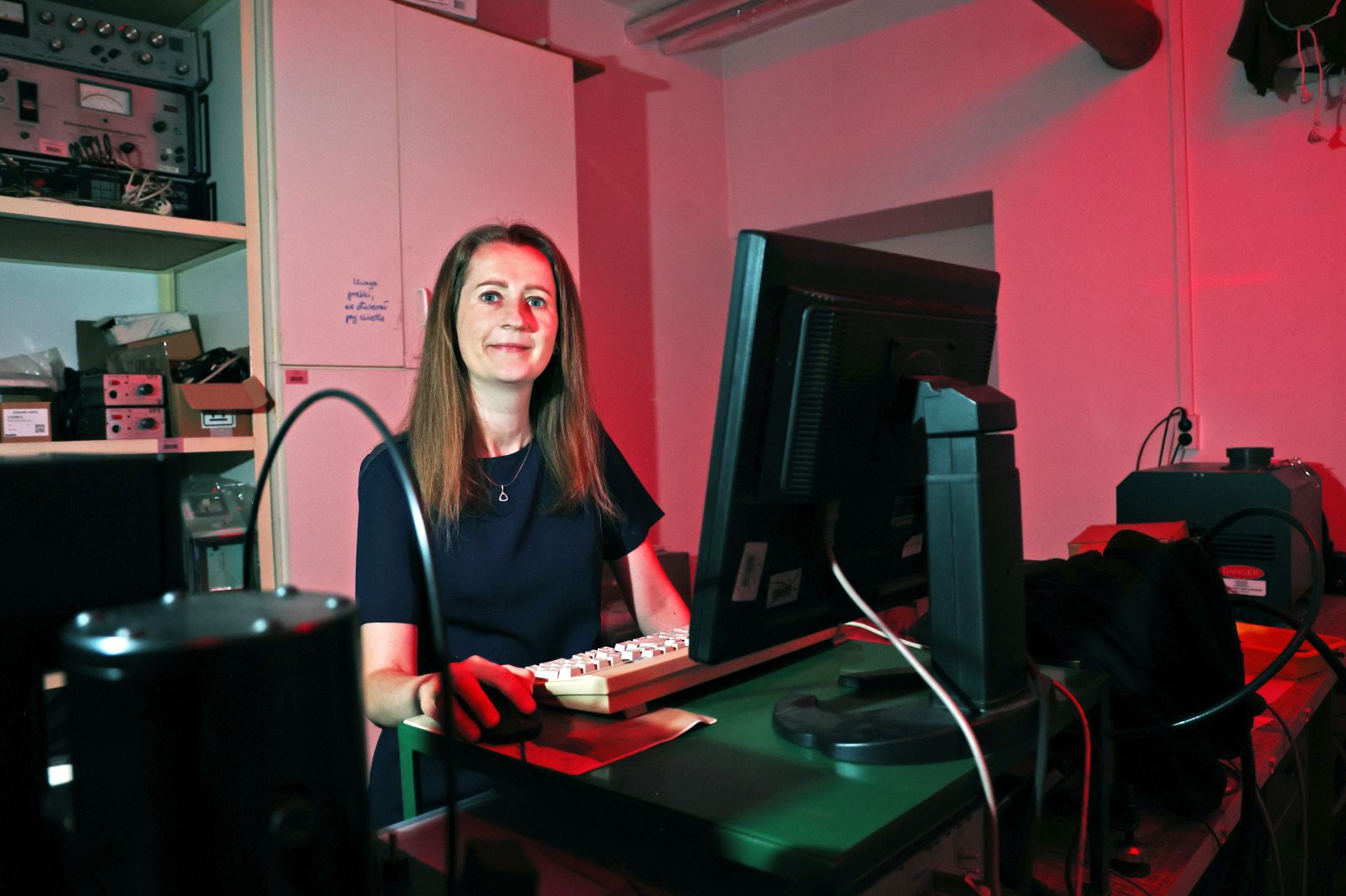
Fot. Andrzej Romański
Before measuring the equivalent dose, quartz grains with a diameter of 100–200 micrometers must be separated from the brick. Pieces are cut off from the core where light might have reached during the removal of the sample from the core drill. The rest must be gently crushed, for example in a mortar. – "When we have the crushed brick, we proceed to chemical separation", says the physicist from NCU. – "We put the sample into 30% hydrochloric acid to remove calcium carbonates. Other minerals are removed using separation in heavy liquids. The sample is then sieved through meshes of varying pore sizes."
Such dried, separated quartz is placed into the apparatus, and only then do the measurements begin. At the end, the equivalent dose is divided by the annual dose to obtain the age of the brick.
Two dates
For the purposes of research on the Toruń church, scientists collected samples from the foundations of the presbytery, sacristy, and naves, although they also have several samples from the tower walls. Out of 33 fragments, 28 were suitable for dating and yielded reliable results. – "We managed to determine the age of two groups of bricks," says Dr. Eng. Natalia Pawlak. – "The first group (average from 15 samples) indicates that the bricks were fired at the beginning of the 13th century – this material was used in the construction of the first church. Probably after 1280, the church burned down, and the reconstruction of the presbytery began at the beginning of the 14th century, as evidenced by the inscription on the cornerstone laid in 1309 by Bishop Herman of Chełmno. The second group of dated bricks points to the turn of the 13th and 14th centuries (1297–1389)."
The measurement accuracy (weighted average) for the first group of bricks was about 13 years, and for the second about 12 years – which is relatively small considering the capabilities of the method, says Dr. Eng. Natalia Pawlak. "We are satisfied with such a result."
The scientist emphasizes that not all samples yielded reliable results because some may have been accidentally reset by sunlight, or the radioactive environment around the samples was more complex than indicated by preliminary estimates. Perhaps there was a stone or other material with a composition significantly different from the surroundings. A homogeneous wall is required for precise estimation, and when drilling, scientists do not always know what is inside the foundation. – "Currently, we are analyzing material from the monastery in Tyniec. However, here we are not dating the brick, i.e., the moment of its firing, but trying to determine the age of the mortar. The condition for reliable measurements in this case is the resetting of quartz grains contained in the mortar during its production. We see that the results are strongly overestimated because, when making the mortar, the luminescence signal was not reset by sunlight," explains the researcher from NCU. – "Samples from the 11th-century monastery show that the mortar for its construction was prepared significantly earlier. Dating mortar is difficult and often does not give reliable results. That is why at St. James' Church we focused on the bricks."
 NCU News
NCU News






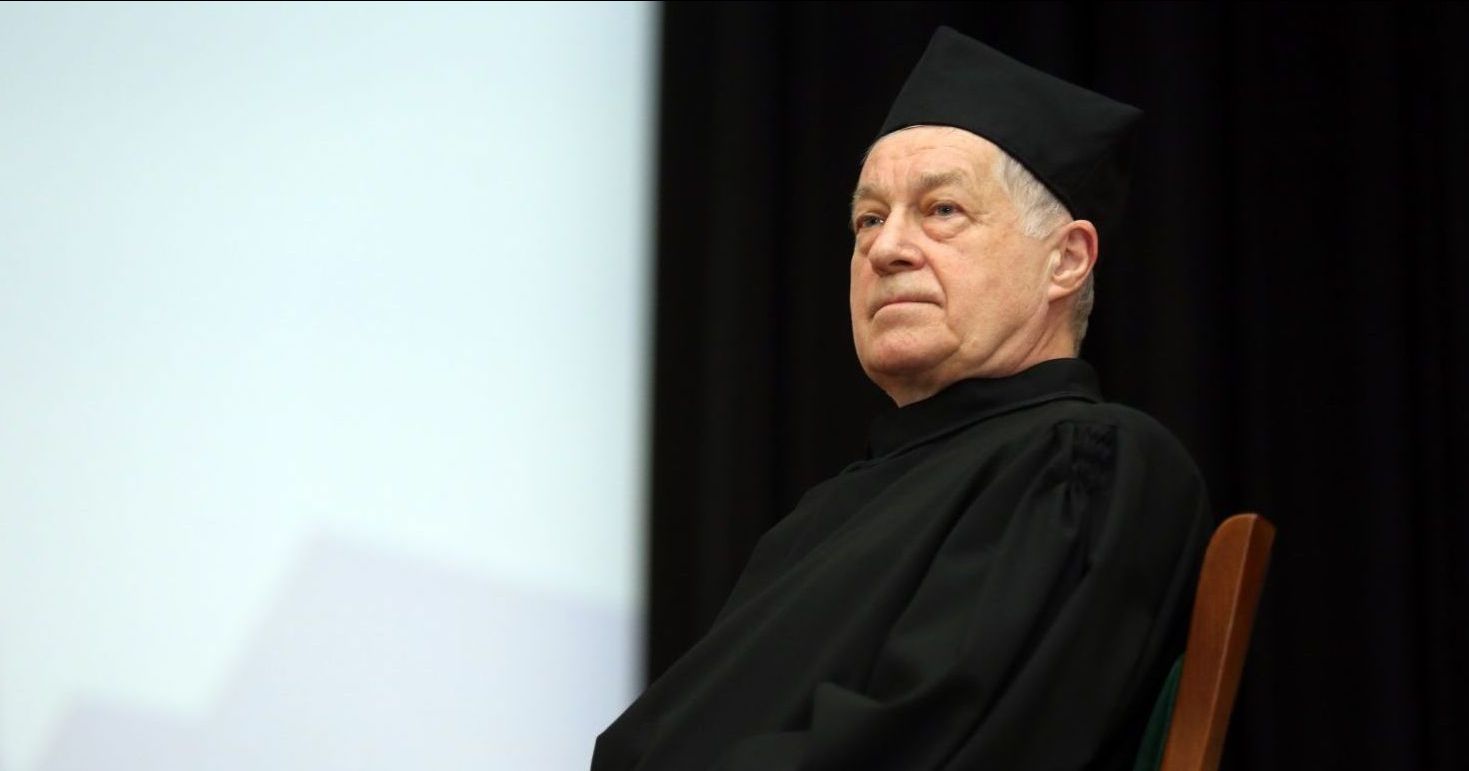 Exact sciences
Exact sciences
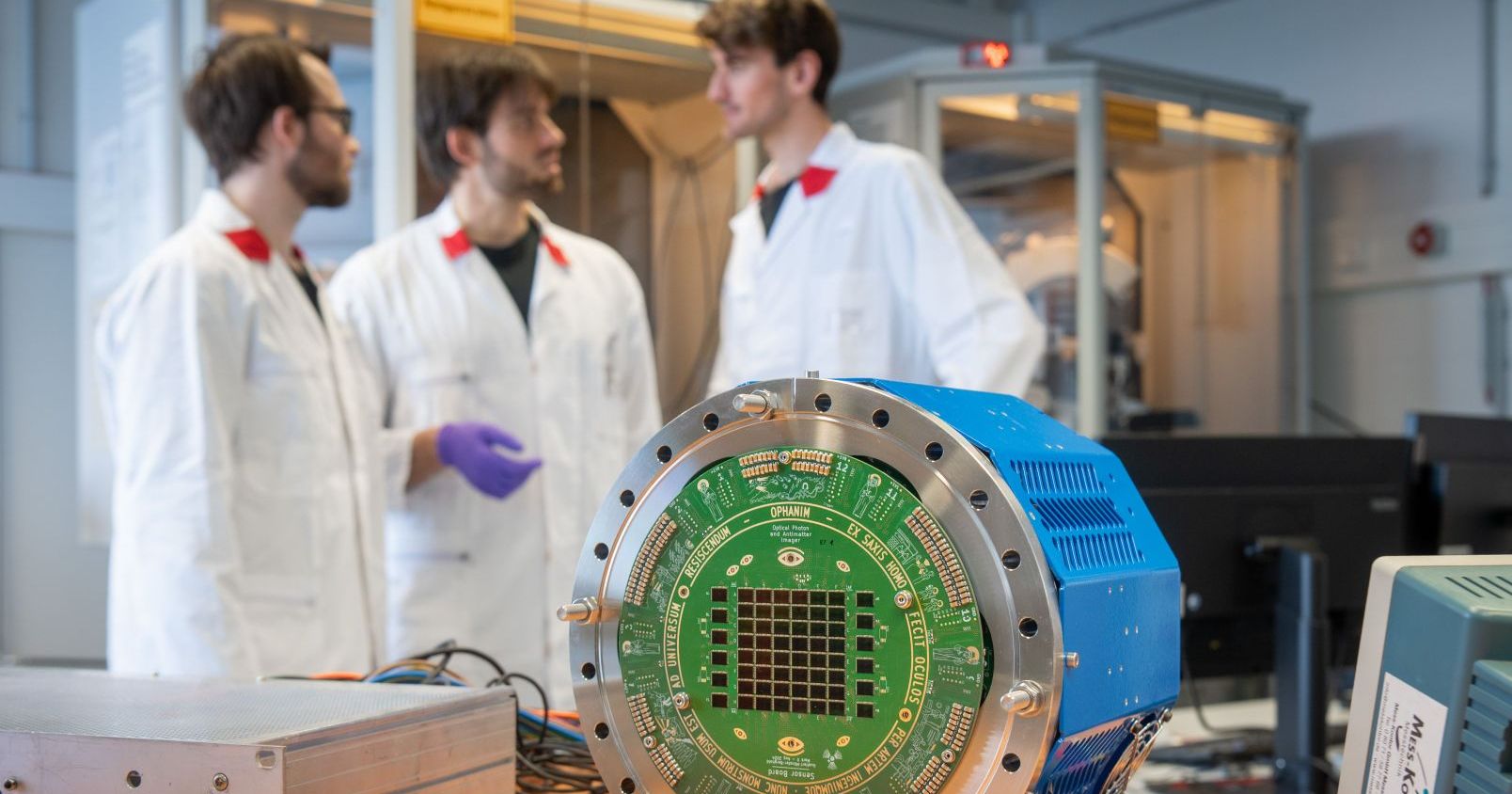 Exact sciences
Exact sciences
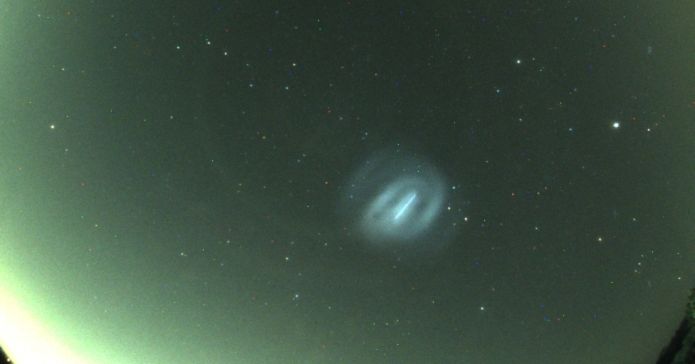 Exact sciences
Exact sciences